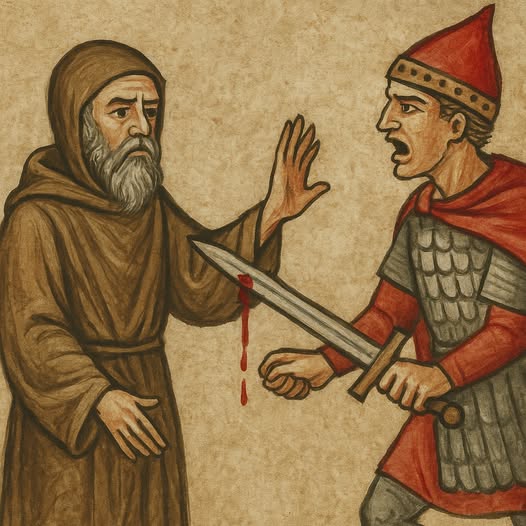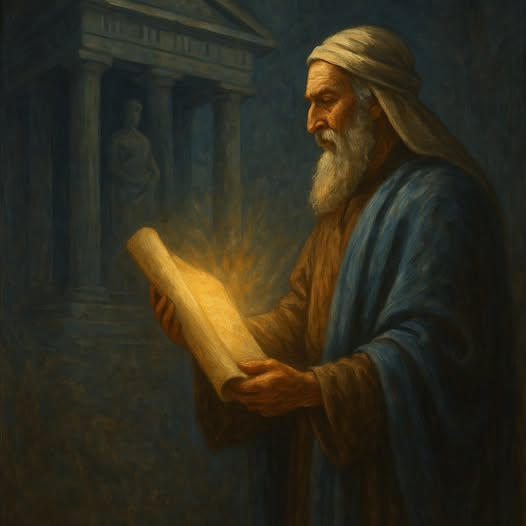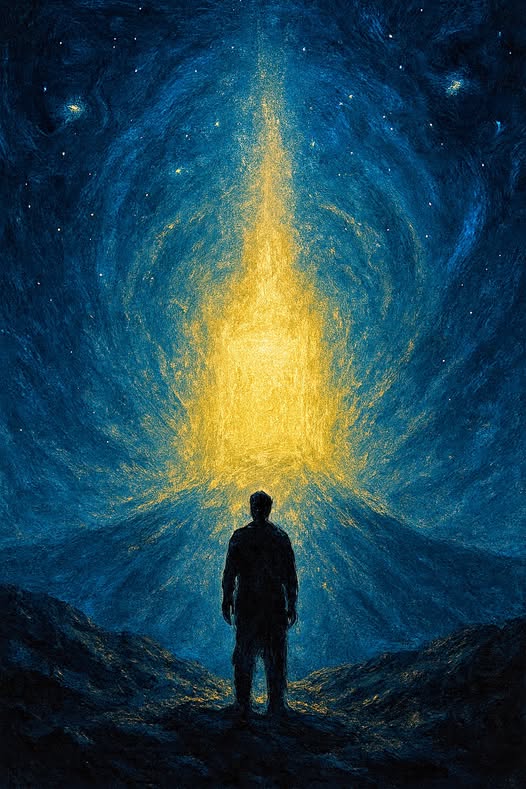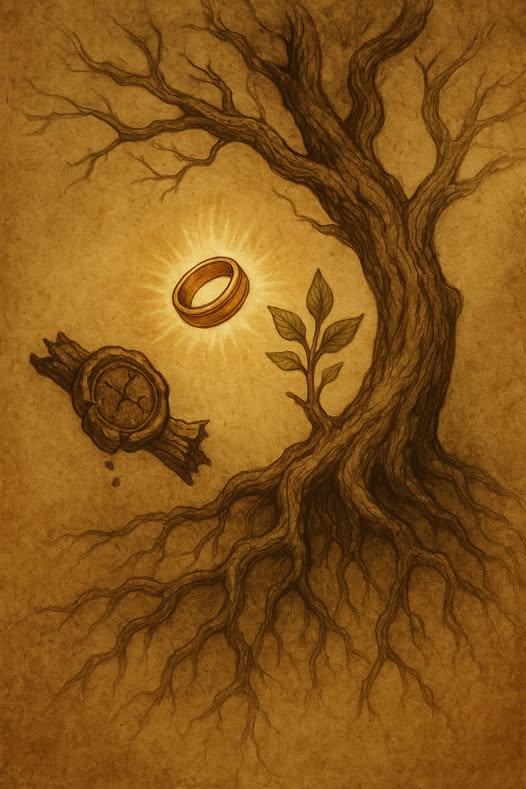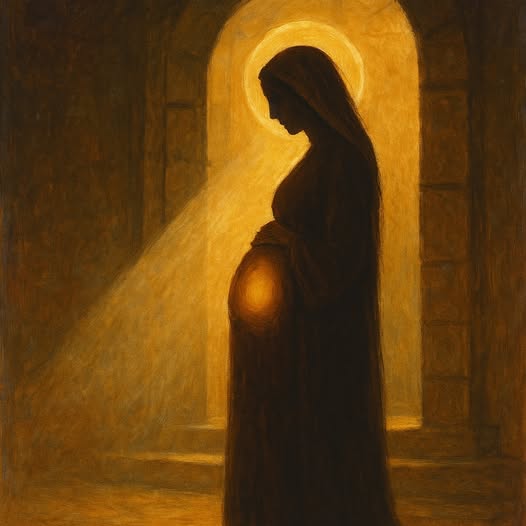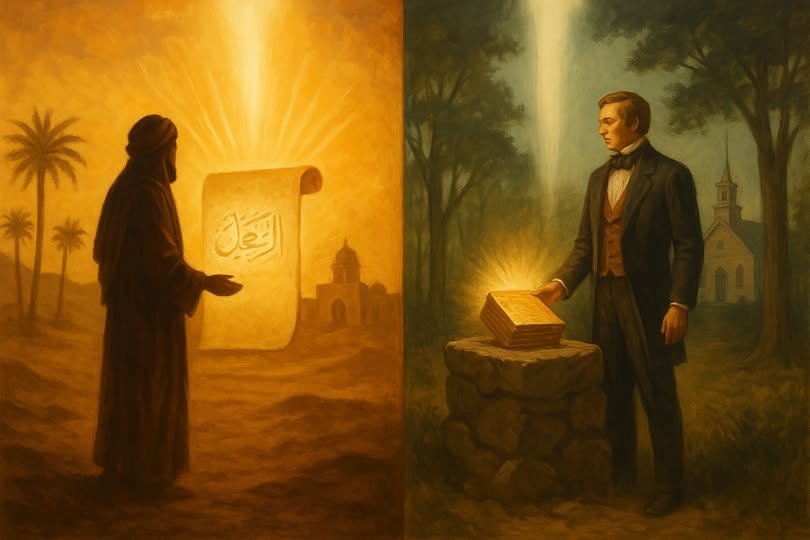
Throughout history, religious movements have emerged claiming to restore or complete the faith of earlier revelations. Two of the most significant examples are Islam and the Church of Jesus Christ of Latter-day Saints (LDS Church). Though separated by over a thousand years and very different cultures, they display a series of striking structural parallels.
Restoration of Corrupted Revelation
Both Islam and Mormonism begin with the premise that God had previously revealed Himself through authentic scriptures but that these texts were eventually distorted or lost. Islam teaches that the Torah given to Moses and the Gospel given to Jesus were true revelations from God. However, over centuries, they were altered by human hands, requiring a final, pure message to correct them. The Qur’an claims to be that perfect revelation, delivered to Muhammad as the definitive word of God.
Similarly, Mormonism is built on the idea of a “Great Apostasy” after the death of the apostles. According to LDS belief, key doctrines and the priesthood authority were removed from the earth. Through Joseph Smith, God restored the original church and its teachings in their fullness.
Channeling of New Scripture
Both traditions center on scripture received through supernatural means rather than historical transmission. Muhammad received the Qur’an over a period of 23 years through the angel Gabriel. He would often enter trance-like states and recite what was revealed. These recitations were memorized by companions and later compiled into the text Muslims use today.
Joseph Smith likewise described a process of revelation outside normal human authorship. He claimed to translate the Book of Mormon from golden plates using seer stones placed in a hat to read the words. Additional revelations were recorded in the Doctrine and Covenants and the Pearl of Great Price, forming the LDS scriptural canon alongside the Bible.
Central Role of a Singular Prophet
In both movements, the founder is considered uniquely chosen to restore lost truth. Their authority is foundational. Islam holds that Muhammad is the “Seal of the Prophets,” the final messenger completing all previous revelations. His words and example are binding for all Muslims.
Mormonism views Joseph Smith as the prophet of the last dispensation. Through him, God restored His church, priesthood, and ordinances, making Smith indispensable to understanding and practicing the faith correctly.
Eschatological Framework
Both Islam and Mormonism are not merely concerned with doctrine but with preparing humanity for the end of time. In Islam, the Day of Judgment occupies a central place in belief and practice. The Qur’an and Hadith describe events such as the return of Jesus to refute Christianity, the coming of the Mahdi, and a final struggle between good and evil.
Mormon eschatology is equally prominent. Latter-day Saints believe the Restoration began the final era before Christ’s return. They expect the establishment of Zion in America, the gathering of Israel, and a millennial reign of peace.
Selective Use of the Bible
Each movement maintains some respect for the Bible but qualifies its authority. Muslims consider the Bible a record of genuine revelation but insist it has been corrupted over time. Islamic tradition asserts that Muhammad was foretold in biblical passages, such as Deuteronomy 18 and the references to the “Paraclete” in the Gospel of John, though these interpretations are disputed outside Islam.
The LDS Church affirms the Bible “as far as it is translated correctly,” implying the text is incomplete or potentially altered. Joseph Smith produced an edited version called the Joseph Smith Translation, adding material not found in any manuscript tradition. Additionally, the Book of Mormon itself depicts ancient prophets predicting Joseph Smith’s role and the coming of his book.
Succession Disputes and Fragmentation
After each prophet’s death, disagreements over leadership led to lasting divisions. In Islam, the main division arose between Sunnis, who accepted Abu Bakr and the elected caliphs, and Shias, who insisted leadership must remain with Muhammad’s family, beginning with Ali. Over time, these disagreements deepened into distinct traditions, doctrines, and practices.
Mormonism also fragmented. Following Joseph Smith’s death, the most significant division centered on whether leadership should continue through a collective body of apostles or through Smith’s family line. Brigham Young led the majority to Utah, where they developed what became the modern LDS Church. Those who rejected Young’s leadership, favoring hereditary succession through Joseph Smith’s son, eventually formed the Reorganized Church of Jesus Christ of Latter Day Saints (now Community of Christ). Smaller splinter groups emerged over issues such as polygamy and prophetic authority.
Comprehensive Moral and Ritual Systems
Both faiths developed detailed frameworks governing daily life and religious observance. Islamic law (Sharia) defines rules for worship, diet, finance, family life, and personal conduct, derived from the Qur’an and Hadith. Ritual practices such as daily prayer, fasting, and pilgrimage mark the rhythm of life for observant Muslims.
Mormon practice emphasizes distinctive ordinances and moral codes. Health laws like the Word of Wisdom, temple ceremonies including baptism for the dead, and temple garments all serve to establish a separate religious identity.
Integration into a Divine Historical Narrative
Islam and Mormonism each place themselves within a grand timeline of revelation. Islam sees itself as the final stage in God’s dealings with humanity. Muhammad’s mission completes and perfects the work of all previous prophets. Mormonism teaches that it is the restoration of the “fulness of the gospel” in the last dispensation before Christ’s return, incorporating and surpassing all previous revelations.
Conclusion
Although Islam and Mormonism developed in vastly different times and places, their structures reveal a series of recurring themes. Both affirm the Bible in principle while qualifying or correcting it. Both rely on a single prophet who receives new scripture through supernatural means. Each community situates itself as indispensable for salvation in the last days, and each underwent schisms after their founder’s death.
These similarities may reflect common patterns that emerge when new religious movements seek to establish themselves as the exclusive and final expression of divine truth. Regardless of how one interprets their origins, the parallels between Islam and Mormonism offer a fascinating example of how restorationist faiths can develop comparable frameworks across centuries and cultures.

